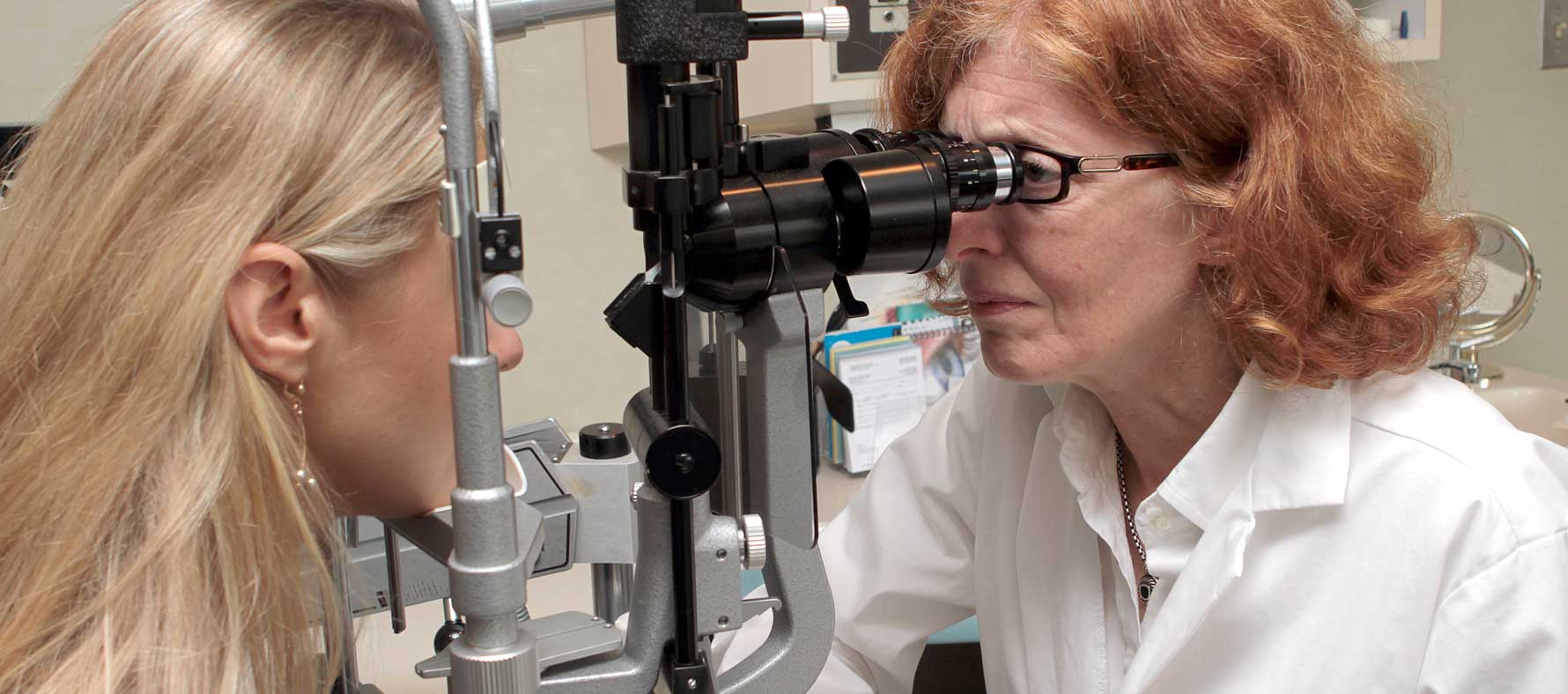Are you really bothered by itchy, watery, red eyes more and more these days? Does it seem like the “ragweed” and “pollen” allergy seasons keep getting worse and worse every year? Are you surrounded by people sneezing and sniffling into the summer months well after allergy season is supposed to be over? You’re not imagining it based on studies from the Centers for Disease Control and Prevention (CDC) showing that allergies are increasing in the U.S. 50 million Americans suffer from allergies, with allergic reactions involving the eyes being a very common complaint. An allergic reaction that affects the conjunctiva, which is the clear layer of skin overlying the eyes, is commonly referred to as Allergic Conjunctivitis.
Allergic, “ragweed” or “hay fever”, conjunctivitis is most commonly seen in geographic areas with a high incidence of seasonal allergies, including Connecticut. The most common types are Seasonal Allergic Conjunctivitis (SAC) and Perennial Allergic Conjunctivitis (PAC). SAC and PAC are triggered when a person is exposed to an allergen, most often one that is airborne. In other words, if you are allergic to a particular substance and then come into contact with it, you experience an allergic reaction such as itchy eyes, sneezing or watery eyes.
Symptoms often develop rapidly after exposure to the allergen and include itching, watering, burning, red eyes, mucus discharge and eyelid swelling. The conjunctiva is the same type of skin that lines the inside of the nose. The most common forms of allergens include pollen from grass, trees and weeds as well as dust, molds, and pet dander. Although the actual symptoms of SAC and PAC are pretty similar they tend to occur at different times. SAC symptoms occur in the spring and summer from grass and trees, or fall from weeds. The attacks are usually short-lived and absent during other times of the year. PAC symptoms can occur year-round and are typically caused by dust and/or pet dander. If we can identify and avoid the particular agent(s) that you are allergic to, we will be able to better treat your symptoms and they will improve significantly.
At Doctor & Associates we can use an eye allergy test that uses liquid antigens on a plastic applicator that is placed on the patient’s forearm with gentle pressure-and it provides results in less than 15 minutes. If the patient is allergic to a particular allergen there is a small hive that forms on their forearm. By more accurately determining if and to which antigens a patient is allergic to it gives us the ability to identify where they might be present in the patient’s environment and deal with them accordingly, along with the eye symptoms and signs of the allergy. This in office testing is covered by almost all major health insurance companies.
Knowing the cause of the allergies helps us to determine the best course of treatment. Sometimes oral antihistamines alone or with antihistamine or steroid eye drops are necessary whereas in other cases we simply need to counsel and advise the patient to remove and avoid the source of the allergen in their home or workplace.




